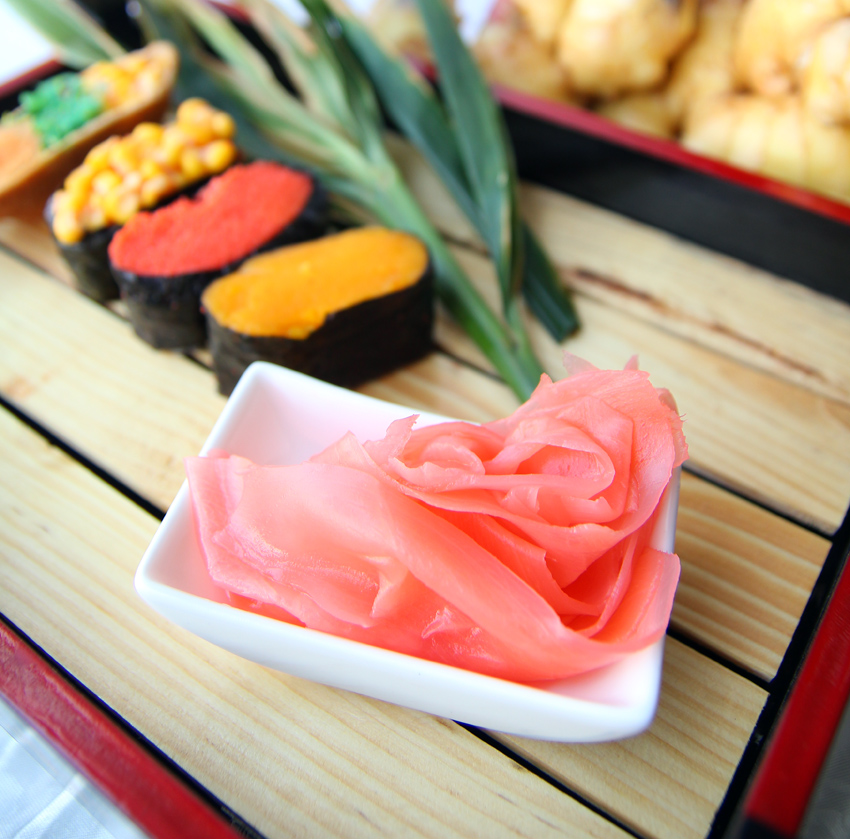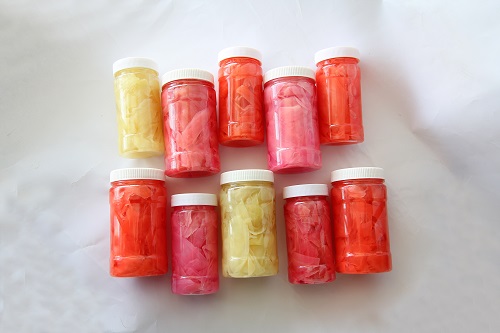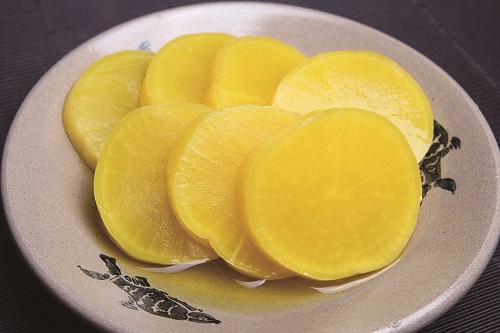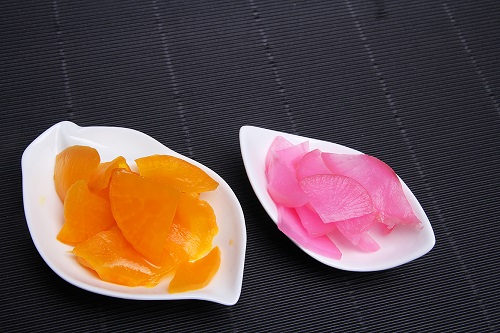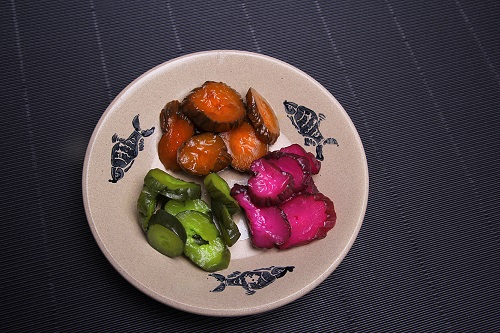Currently, Agaricus bisporus is in the stage of mushroom production. Mushroom farmers should do a good job of management during this period and win higher yields. First, moisture management Moisture management in the production of edible fungi is very important, and the water transfer of the cover soil is a crucial technical link in water management. There are two methods to choose from: The first is to adopt a spray method, which is finely misty, so that the cover soil is not wet but transparent, and the cover soil layer can reach the maximum water holding rate in 1 to 2 days. This method has less effect on the hyphae in the covering layer, and is suitable for the sticky soil. The second method is to re-engrave the mushroom water. The method is to use the pouring method and use the foot water once. The greatest advantage of this method lies in the use of heavy water, which can effectively stimulate the rapid transformation of mycelium from vegetative growth to reproductive growth, and can be adapted to cover materials with good physical and chemical properties. Afterwards, space sprays should be used to keep the air humidity in the shed at 85%-95%. Second, temperature management The temperature of the mushroom shed at this stage is generally 11°C to 20°C, and it is in the suitable range for the growth of the fruit body of Agaricus bisporus. It can grow normally without any regulation. However, as the temperature decreases, insulation measures should be intensified. The main method is to add a layer of plastic film on the grasshopper and adjust the ventilation at noon. At this point, the management of winter-warm greenhouses is relatively simple, while ordinary slope-type greenhouses, after entering late November or December, are difficult to maintain the required temperature. In recent years, some producers have taken effective measures such as burning fire walls and soil heating. As long as the temperature is kept above 8°C in the low temperature season, the growth requirements of fruiting bodies can be met. Conditional installation of greenhouse water temperature and air conditioning can be achieved within a certain range of temperature control. Third, ventilation management How the ventilation effect in the mushroom shed is directly related to the level of production and quality, but most of the peasant farmers often attach importance to temperature and water management, but they ignore the ventilation management as the main factor. Ventilation in mushroom sheds, in addition to the need for growth of mycelium and fruiting bodies, plays an important role in excluding or diluting carbon dioxide while bringing excess moisture from the shed out of the shed, especially when the humidity in the shed is too high. When it is too heavy, this is even more important. In addition, good ventilation can reduce the occurrence of certain diseases in the shed. The general requirement for production is that the carbon dioxide concentration in the shed is about 0.05% and should not exceed 0.1%. The intuitive sensation is that the odor in the shed is very small, and there is no obvious rich taste of fermented feces. However, there should not be too strong winds blowing directly, otherwise it is easy to cause earthwork or base material to lose water. Fourth, light management The most important feature of Agaricus bisporus is that the fruiting body can grow normally without light, but under weak scattered light conditions, it will not affect its growth and development. Therefore, the mushroom shed can be tightly closed during production, and it can only be used when it is inside. Then open the corners or vents, turn on the lights when conditions permit, and the lights go off. V. timely harvest When the fruit body grows to more than 4 cm in diameter and still has a tight envelope, but the long speed is significantly reduced, it can be harvested in time. Harvest preparation should be done well in advance, for example, latex gloves should be worn when harvesting to prevent fingerprints from being left on the caps, causing browning and affecting the quality of mushrooms; for example, pots with mushrooms, Baskets and other tools should be disinfected in advance so as not to pollute the mushrooms. Sixth, post-harvest management After the first tidal mushroom has been harvested, the material bed should be cleaned in time to remove the mushrooms, dead mushrooms, and mycelia, etc., fill the recesses, and conditionally apply three-dimensional pheromone solution, 60 kilograms for every 120 grams of water. The 60-square-meter sorghum noodle was poured and repression was performed with clear water to restore the mycelia to the growth and development of high tides.
Sushi ginger: Established in 2005,the agricultural product deep processing department covers an area of 230 acres, based on the Japanese sushi series, the domestic traditional Pickled Garlic, cucumber and radish series deep processing, to create a multi-variety international professional cuisine manufacturer. After years of development, it has successfully achieved an average annual export more than 10,000 tons, and has become leading company in export of pickled products. The company introduces advanced equipment such as slicers and X-ray foreign body detectors from Japan, with an annual production capacity of more than 30,000 tons, which fully meets needs of different customers for quality and delivery time. The pickled products have obtained HACCP, HALAL, BRC, Kosher and other international mainstream certifications. They are exported to more than 100 countries and regions such as Japan, the United States, and the European Union etc. ,and has been widely welcomed by domestic and foreign markets.
Pickled Ginger Vegetables,Pickled Garlic Vegetables,Pickled Radish Vegetables,Pickled Cucumber Vegetables Laiwu Manhing Vegetables Fruits Corporation , https://www.manhingfood.com